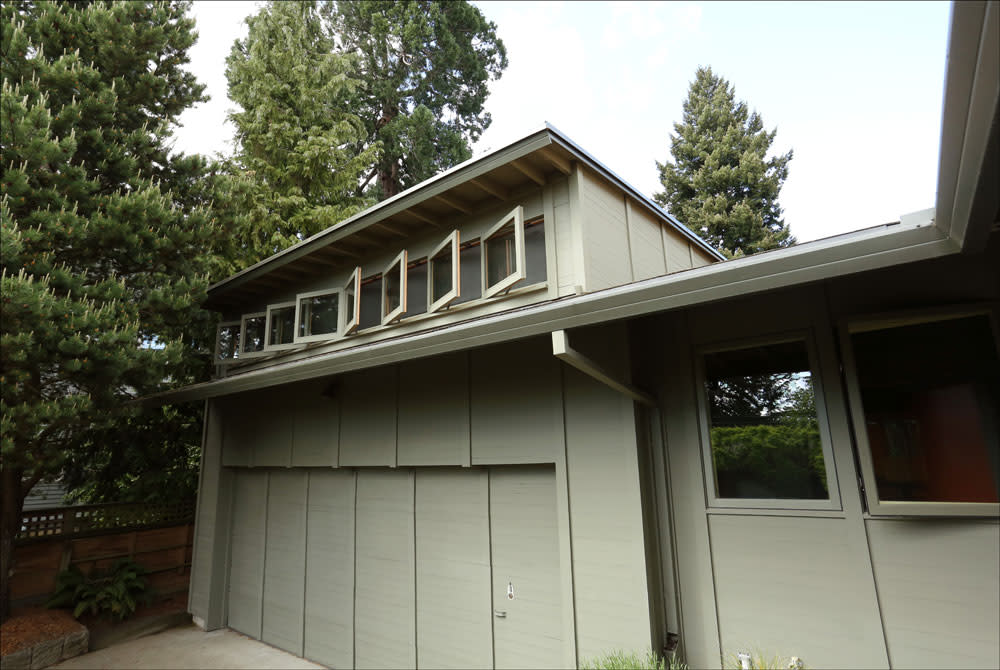Designing Your Dormer: 5 Key Considerations

Your perfect, pint sized 1928 bungalow or immaculate mid-century modern has all the charm you could ever dream of. It also has your whole family bunking together in bedrooms that were clearly not designed for humans. What’s a Portland family to do? Go UP. A well designed dormer addition give you the master suite you need while giving the kids plausible deniability for their adolescent shenanigans. It’s a win win. Just keep these 5 things in mind.
- Size
The size of your dormer addition determines whether you’ll trigger seismic upgrades like sheer wall upgrades or adding posts and footings.
- Stacking
Stacking a new bath over an existing one is the most cost effective way to add a bathroom to a dormer. By tapping into the existing plumbing from below you will avoid major plumbing costs.
The same is true with windows. To avoid sizable seismic and structural challenges, stack new windows over existing ones. By doing so, the load of your house will not change significantly.
- Joist Depth
The depth of your existing joists can play a large role in whether or not you can add a bathroom upstairs. Why? The joists must be a certain depth to accommodate plumbing lines for a toilet. Converting an attic into a dormer may also require an increase in joist size or other structural improvements for the purpose of resisting wind or earthquake load and floor live loads (people, furniture).
- Insulation
When building a dormer required roof insulation may trigger a larger minimum rafter size. If you are planning to install recessed lighting fixtures you may need to allow even more rafter height. This can make it challenging to maintain a continuous roof or wall plane.
- Aesthetics
Make sure the type of dormer you are selecting is appropriate for your house’s architectural style and era – will it work with the existing roof lines? The two most common dormers are sheds and gable.
Shed Dormer:
Typically off the back of the house, has a flat shed-like roof and allows for more headroom. These aren’t always aesthetically pleasing so adding character to the side will help to keep it appealing.
Gable Dormer:
Gable dormers add more light and provide a very cool look. But they are a more expensive option that do not provide as much headroom.
Are you ready to start planning your dream master suite? Arciform specializes in solving these kinds of challenges for clients with vintage and historic homes. Schedule a design consultation to begin planning your next project here.
Explore the Arciform Project Galleries | About Arciform | Schedule a Design Consultation
